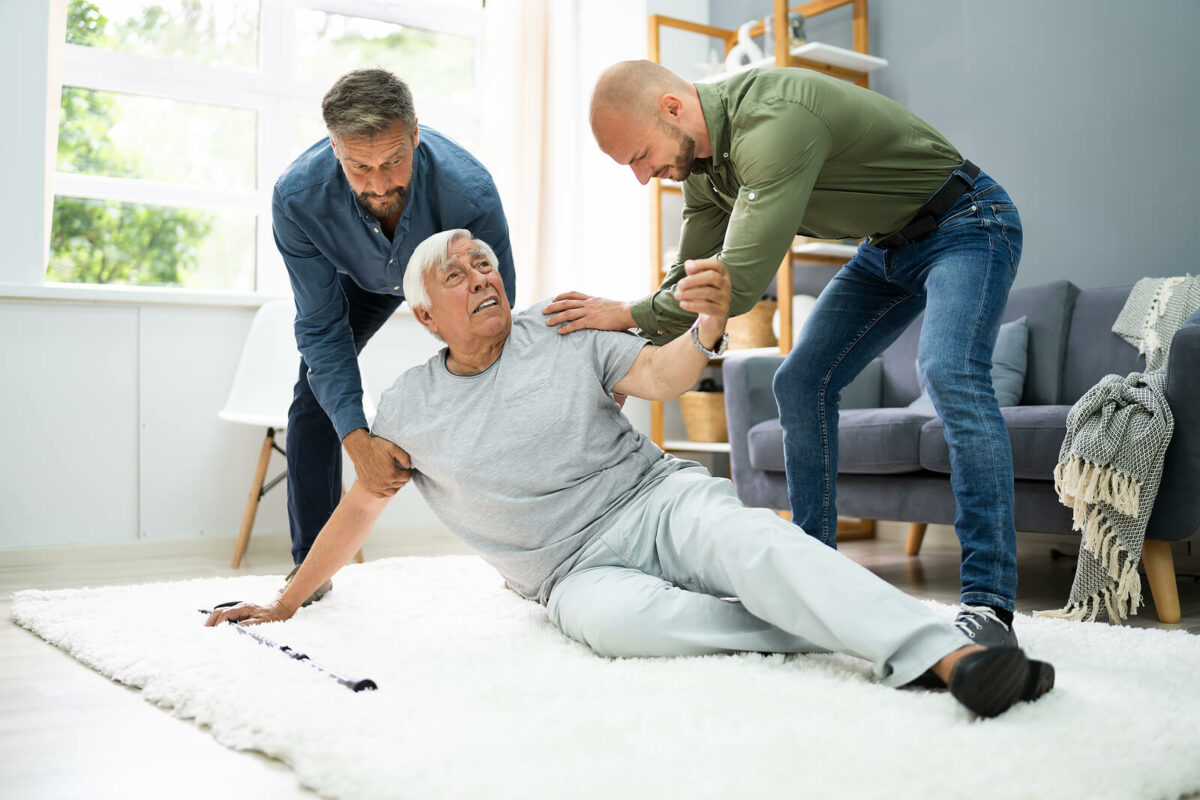As hearing professionals, our commitment extends beyond the restoration of auditory capabilities; it encompasses the holistic well-being of our patients. One often underestimated aspect of this well-being is the role that hearing aids play in preventing falls and accidents. Emerging research underscores the intricate connection between hearing loss and the risk of falls, making it imperative for us to delve into the latest advancements in hearing loss prevention, diagnosis, and management.
The Link Between Hearing Loss and Falls:
Recent studies have shed light on the undeniable correlation between untreated hearing loss and an increased risk of falls and accidents among the elderly. The auditory system is not just responsible for processing sound; it also plays a vital role in maintaining spatial awareness and balance. When hearing is compromised, the brain allocates more cognitive resources to understanding speech, leaving less capacity for spatial processing. This can lead to a heightened risk of trips, slips, and falls.
Early Detection: A Crucial Step:
The first line of defense against falls associated with hearing loss lies in early detection. Regular hearing assessments are paramount, especially for individuals over the age of 65. By identifying and addressing hearing loss in its early stages, we can proactively mitigate the risk of accidents and enhance overall quality of life.
The Role of Hearing Aids:
Hearing aids serve as powerful tools in preventing falls and accidents associated with hearing impairment. These devices not only amplify sounds but also enhance the wearer’s spatial awareness and ability to detect environmental cues. The latest advancements in hearing aid technology have significantly improved their effectiveness in various real-world scenarios.
Directional Microphones and Environmental Sound Processing:
Modern hearing aids are equipped with advanced features such as directional microphones and environmental sound processing. These technologies enable wearers to focus on specific sounds, enhancing their ability to discern important cues in noisy or crowded settings. This heightened awareness significantly reduces the likelihood of accidents resulting from missed auditory signals.
Connectivity and Real-time Monitoring:
In an era dominated by smart technology, hearing aids have become more than just amplification devices. Many models now offer connectivity features that allow wearers to receive alerts and notifications directly through their hearing aids. This real-time monitoring ensures that individuals remain aware of their surroundings, reducing the risk of accidents caused by unexpected events.
Futuristic Interventions:
The future of hearing loss prevention holds exciting possibilities. Researchers are exploring innovative interventions, including the integration of artificial intelligence (AI) into hearing aid technology. AI algorithms could enhance the adaptability of hearing aids, automatically adjusting settings based on the wearer’s environment and activity. This personalized approach could revolutionize fall prevention by providing seamless, adaptive support.
Holistic Approach to Patient Care:
Beyond technological advancements, a holistic approach to patient care is essential. As hearing professionals, we must educate our patients on the interconnected nature of hearing health and overall well-being. Encouraging a healthy lifestyle, regular exercise, and maintaining a well-balanced diet contribute not only to auditory health but also to overall physical fitness, reducing the risk of falls.
Conclusion:
In the realm of hearing health, our responsibility extends beyond the conventional boundaries of audiology. By understanding the intricate link between hearing loss and falls, we can guide our patients towards a safer, more secure future. Early detection, coupled with the latest advancements in hearing aid technology and a holistic approach to patient care, empowers us to be the silent protectors of our patients’ well-being. As we continue to explore futuristic interventions, let us stand at the forefront of progress, ensuring that our commitment to preventing falls and accidents is unwavering and compassionate.

